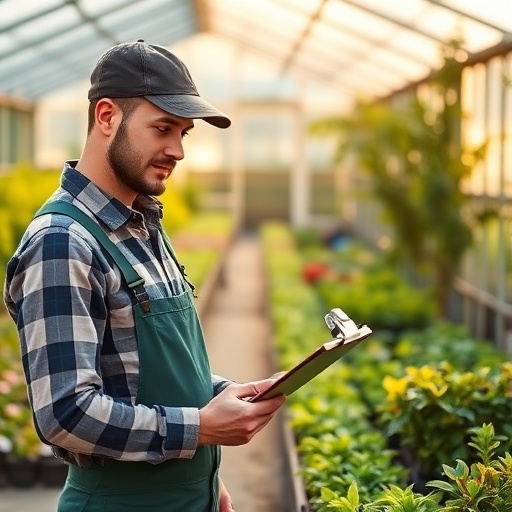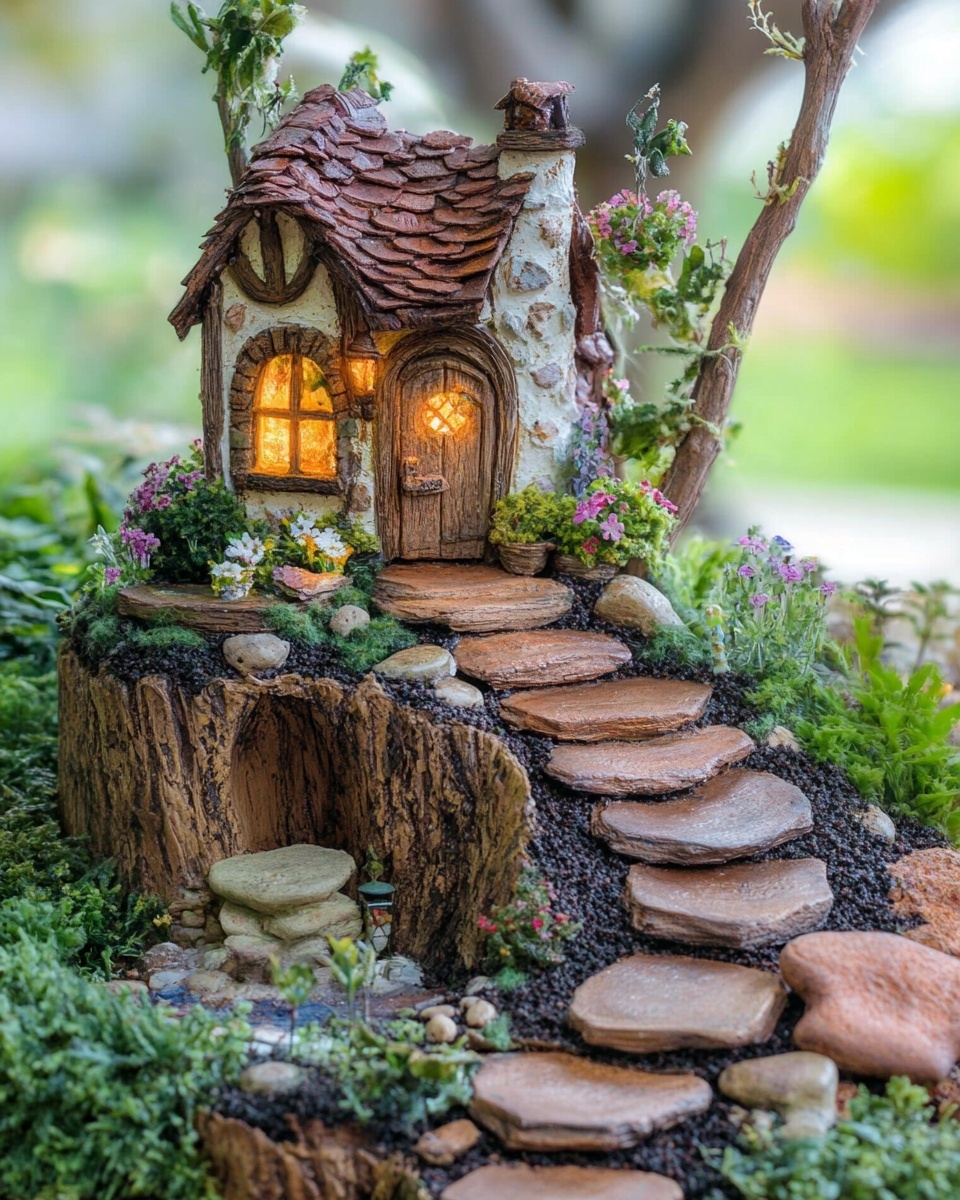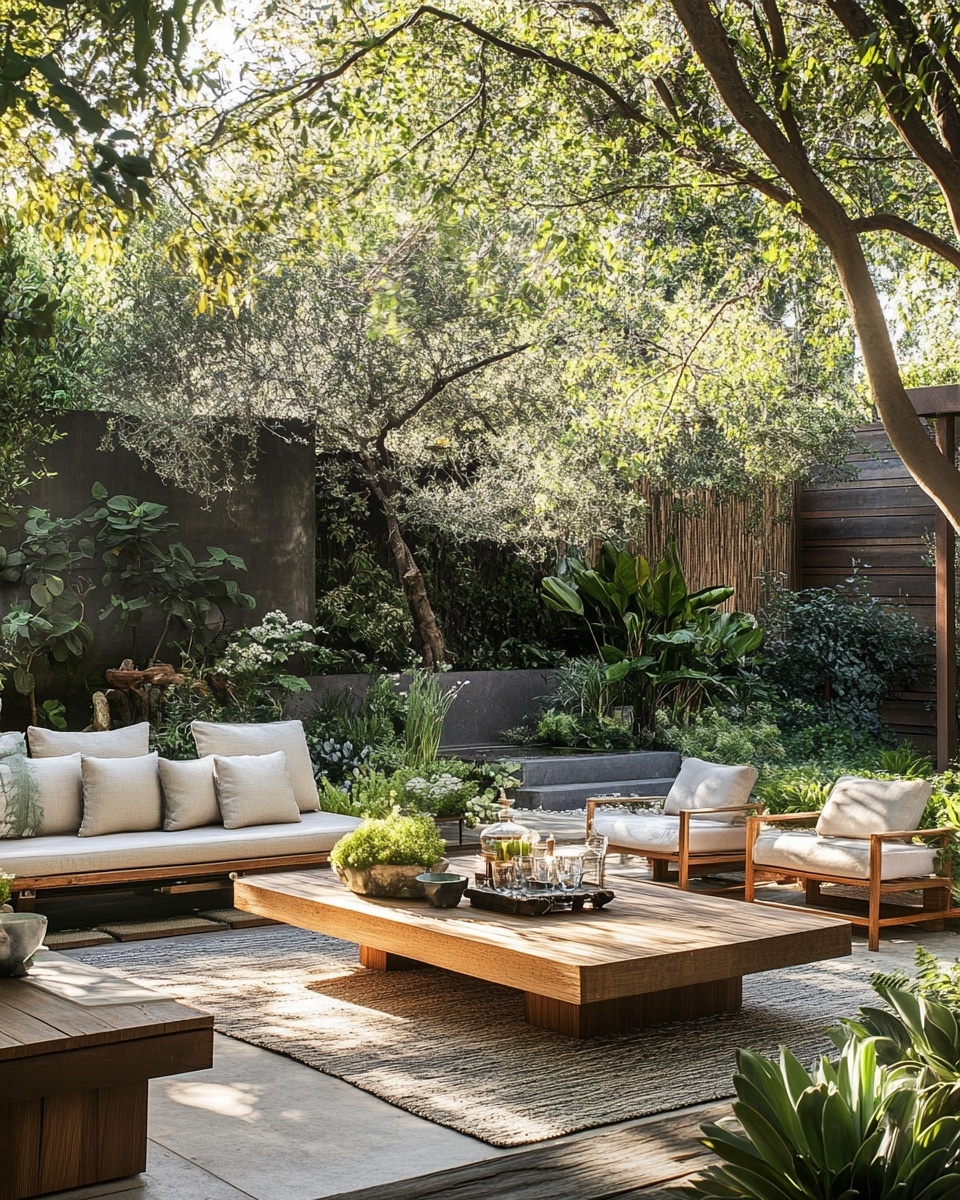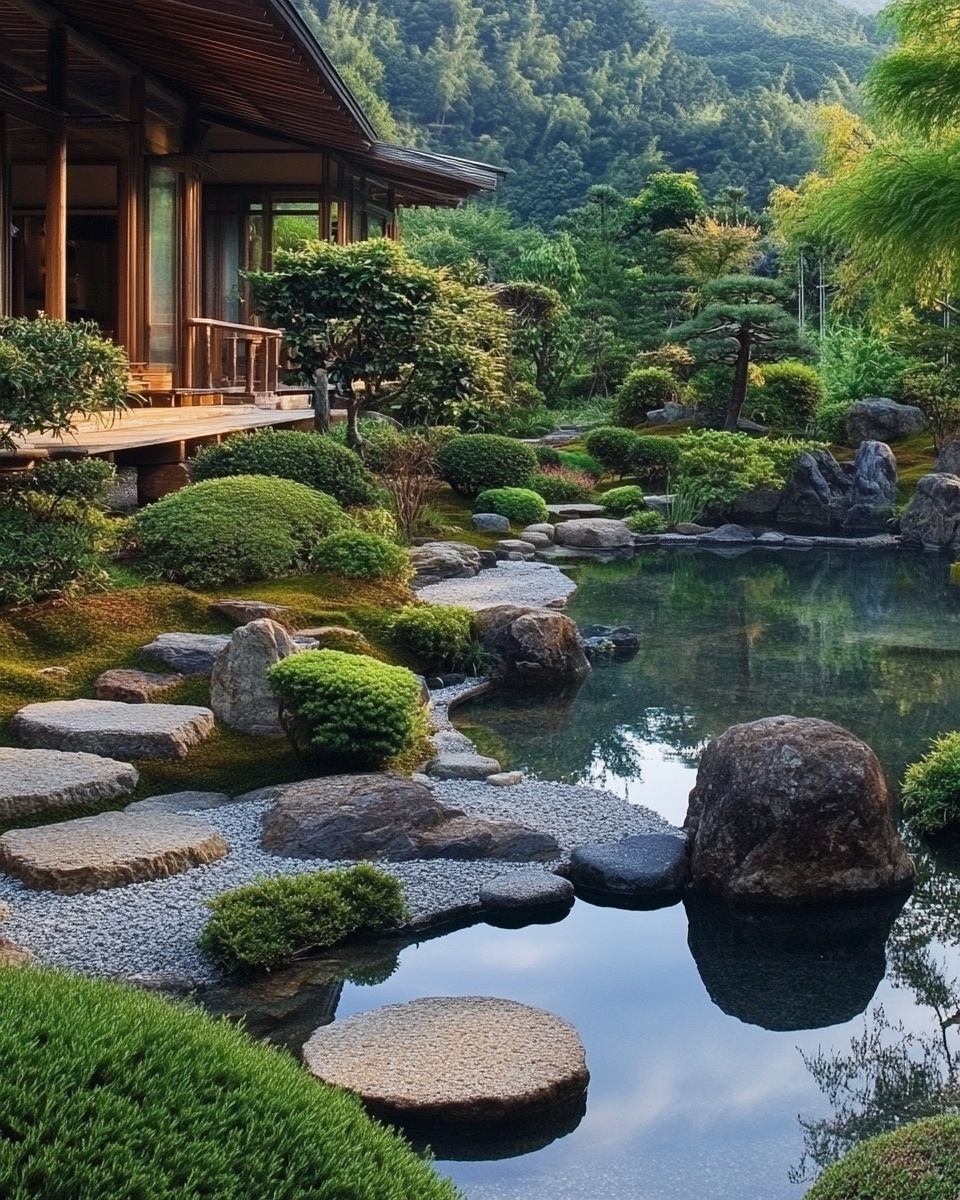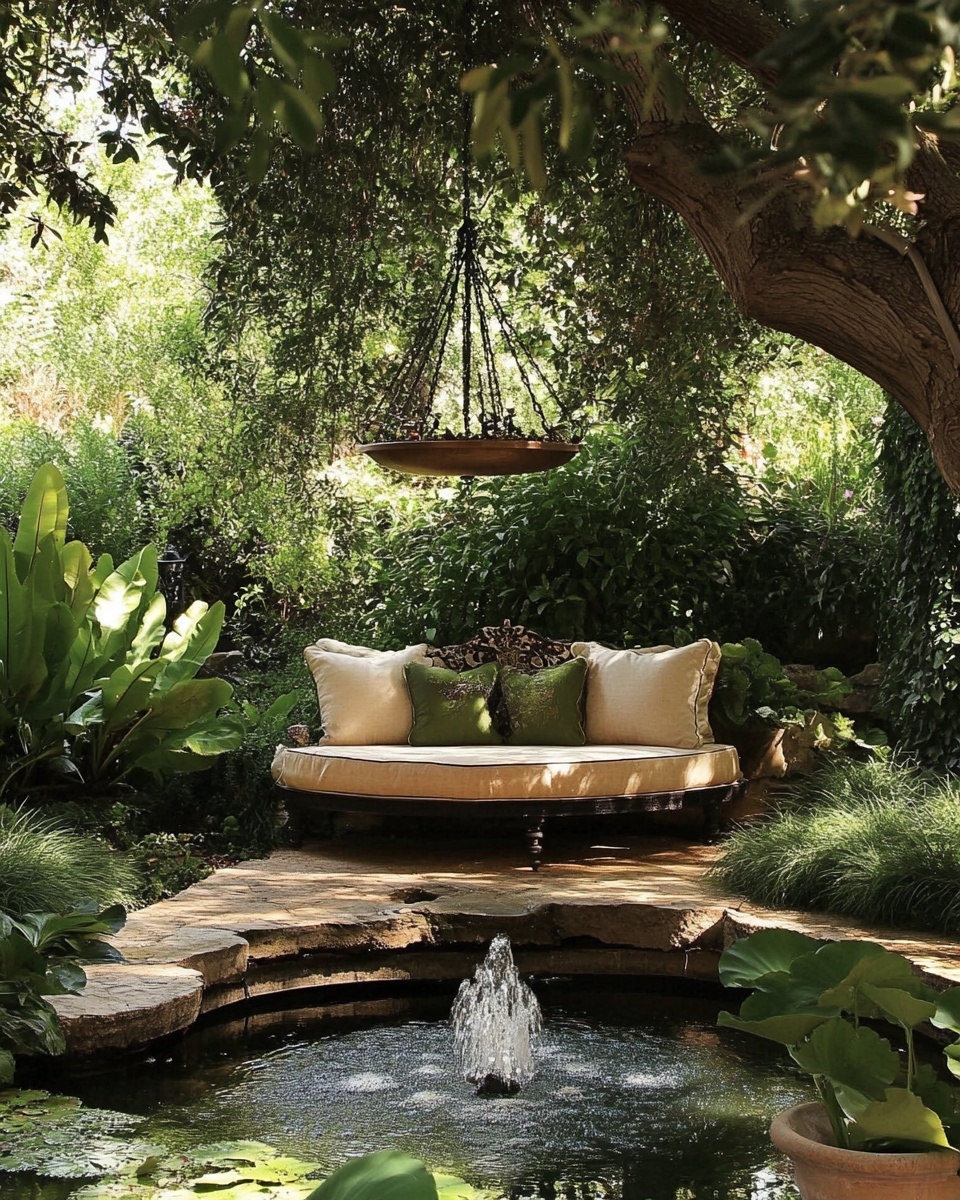Introduction
Did you know that over 70% of gardening enthusiasts wish they had started earlier, often feeling intimidated by the learning curve? The good news is that gardening for beginners doesn't have to be overwhelming. With the right guidance and a little dedication, anyone can cultivate a thriving green space. Forget the myth that you need a "green thumb"; successful gardening is more about observation, understanding basic principles, and consistency. This comprehensive guide is designed to empower you with the knowledge and confidence to embark on your gardening journey, transforming bare patches into vibrant havens, whether you dream of fresh produce or colorful blooms.
Tools & Materials Needed
Embarking on your gardening adventure requires a few essential tools, but you don't need to break the bank. Starting with the basics makes gardening for beginners much more accessible.
Essential Tools:
- Hand Trowel: Your best friend for digging small holes, transplanting seedlings, and breaking up soil. Look for one with a comfortable grip.
- Garden Fork: Excellent for aerating soil, mixing compost, and gently lifting plants. A smaller hand fork works well for raised beds or containers.
- Pruning Shears/Bypass Pruners: Crucial for trimming excess growth, removing dead branches, and shaping plants. Invest in a sharp pair that fits your hand comfortably.
- Gardening Gloves: Protect your hands from thorns, dirt, and blisters. Choose waterproof, breathable options.
- Watering Can: For precise watering of seedlings and smaller plants. If you have a larger garden, a hose with a spray nozzle will be invaluable.
- Garden Hoe: For weeding and preparing garden beds.
- Wheelbarrow or Garden Cart: Extremely useful for moving soil, compost, and harvested produce.
Eco-Friendly & Budget-Friendly Alternatives:
- Recycled Containers: Old plastic bottles (cut in half), milk jugs, or even tin cans can be upcycled into seedling pots or small planters. Just remember to add drainage holes!
- Compost: Instead of buying expensive fertilizers, start a simple compost heap with kitchen scraps and yard waste. It enriches your soil naturally.
- DIY Seed Starting Mix: Combine equal parts peat moss (or coco coir as a sustainable alternative), perlite, and vermiculite for a lightweight, well-draining mix.
- Newspaper or Cardboard: Use these as a weed barrier beneath mulch, saving on landscape fabric.
Time & Effort Overview
The beauty of gardening for beginners lies in its scalability. You can dedicate as much or as little time as you have, with rewarding results.
- Initial Setup (Garden Bed Preparation/Potting): 2-8 hours, depending on garden size. A small container garden might take an hour, while preparing a new 4×8-foot raised bed could take half a day.
- Planting Seeds/Transplanting Seedlings: 1-3 hours. This is often the most exciting part!
- Daily/Weekly Maintenance: 15-30 minutes per day, or 1-2 hours per week. This includes watering, checking for pests, and light weeding. This is significantly less than, say, maintaining a sprawling lawn, which can take 2-4 hours weekly.
- Harvesting: Varies greatly by plant. Some herbs offer continuous harvests, while tomatoes might take consistent attention for a few weeks. Expect 10-20% more yield from properly maintained plants than those left to fend for themselves.
- Difficulty Level: Begins as Beginner, but scales to Intermediate as you expand your plant variety and learn more advanced techniques like pruning or pest management. Don’t worry; each step is manageable!
Step-by-Step Gardening Process
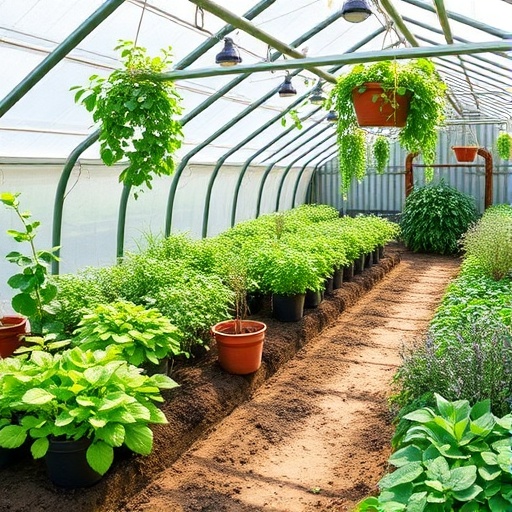
Ready to get your hands dirty? Here’s a simple, step-by-step guide to get you started with gardening for beginners.
Step 1: Choose Your Plants Wisely
Start small. Select plants known for being easy to grow. Think about your local climate and how much sunlight your chosen spot receives.
- Practical Tip: For edible gardens, leafy greens (lettuce, spinach), radishes, bush beans, and many herbs (basil, mint, parsley) are great choices. For flowers, marigolds, zinnias, and sunflowers are forgiving.
- Expert Insight: Research shows that successful first-time gardeners are 80% more likely to continue gardening. Pick robust plants for initial success.
Step 2: Select Your Site or Containers
Sunlight is key. Most vegetables and flowering plants need at least 6-8 hours of direct sunlight daily.
- For Ground Beds: Choose a flat, well-drained area.
- For Containers: Ensure pots are large enough for mature plants and have drainage holes. Terracotta pots breathe well; plastic pots retain moisture longer.
- Don't worry if: Your yard is shady! Many herbs like mint and cilantro, or flowers like impatiens, thrive in partial shade.
Step 3: Prepare Your Soil
Good soil is the foundation of a healthy garden. This is perhaps the most crucial step for gardening for beginners.
- Ground Beds: Loosen the top 6-12 inches of soil with a garden fork. Incorporate 2-4 inches of organic matter (compost, well-rotted manure). This improves drainage and nutrient content.
- Container Gardens: Use a high-quality potting mix, not garden soil, as it can compact and isn't sterile.
- Here’s how to fix: Compact clay soil? Add plenty of compost and gypsum. Sandy soil? Add compost to improve water retention.
Step 4: Planting Seeds or Seedlings
Handle plants gently! Always hold seedlings by their leaves, not their stems.
- Seeds: Follow package instructions for planting depth and spacing. Create a small furrow, drop in seeds, and lightly cover. Water gently.
- Seedlings: Dig a hole slightly larger than the root ball. Carefully remove the plant from its container, loosen any circling roots, and place it in the hole. Backfill with soil, gently firming it around the base. Water immediately.
- Practical Tip: When planting, ensure the soil line of the seedling matches its original level in the pot.
Step 5: Initial Watering
Water immediately after planting to help settle the soil around roots and kickstart growth.
- Gently does it: Use a watering can with a fine rose attachment to avoid displacing seeds or delicate seedlings.
- Check moisture: Feel the soil. It should be moist, not waterlogged.
Growth & Care Tips
Consistent care is what transforms a budding gardener into a skilled one. Mastering these basics is essential for thriving gardening for beginners.
- Watering Frequency: This is often the trickiest part. Most plants prefer deep, infrequent watering over shallow, frequent sprinkles. Water when the top inch or two of soil feels dry to the touch. Early mornings are best to minimize evaporation and prevent fungal diseases. Different plants have different needs; for example, tomatoes often need more water than herbs like rosemary. Studies show over 60% of plant failures for beginners are due to improper watering.
- Sunlight Exposure: As mentioned, most edibles and flowers need 6-8 hours of direct sun. Rotate container plants if one side isn't getting enough light.
- Pruning: Remove dead, diseased, or damaged leaves and stems. For many plants like basil, pinching back the top growth encourages bushier plants and prevents early flowering.
- Fertilization: Healthy soil is key, but some plants benefit from a boost. Use organic fertilizers like compost tea, fish emulsion, or slow-release granular options. Follow package instructions; over-fertilizing can burn plants.
- Pest Prevention: The best defense is a healthy offense. Inspect your plants regularly. Promptly remove any visible pests. Introduce beneficial insects like ladybugs (you can buy them online!). Use organic pest control like neem oil for more persistent infestations. Companion planting (e.g., marigolds deterring nematodes) is a great natural strategy.
Eco-Friendly & Sustainable Alternatives
Embracing sustainable practices elevates your gardening for beginners journey, benefiting both your plants and the planet.
- Composting at Home: Start a compost pile! It diverts kitchen scraps (fruit/veg peels, coffee grounds) and yard waste (grass clippings, leaves) from landfills, creating nutrient-rich amendment for your soil. It reduces the need for synthetic fertilizers by up to 50%.
- Natural Fertilizers: Beyond compost, consider using worm castings, kelp meal, or alfalfa meal. These nourish the soil microbiome, leading to healthier plants.
- Water Conservation:
- Rain Barrels: Collect rainwater for irrigation. Plants often prefer rainwater over tap water due to its lack of chlorine.
- Mulch: Apply a 2-4 inch layer of organic mulch (straw, wood chips, shredded leaves) around your plants. This significantly reduces water evaporation, suppresses weeds, and regulates soil temperature.
- Drip Irrigation/Soaker Hoses: These deliver water directly to the plant roots, minimizing waste.
- Alternatives for Small Spaces:
- Balcony Gardens: Almost anything can grow in containers on a balcony! Explore drought-tolerant succulents, herbs, or even small fruiting plants.
- Vertical Gardens: Maximize space with wall-mounted planters, stacked pots, or DIY pallet gardens. This is fantastic for growing herbs or leafy greens.
- Windowsill Gardening: Bright windowsills are perfect for herbs and small flowering plants.
Creative Ideas & Uses
Gardening for beginners can extend beyond planting to include creative expressions and functional design.
- Decorate with Plants: Use plants to define spaces. A row of vibrant petunias can border a walkway, while a large potted fern can soften a corner. Consider plant hangers or unique trellises to add vertical interest.
- Repurpose Garden Materials: Old tires can become raised beds, broken pottery shards can improve drainage in pots, and fallen branches can be used as rustic plant markers or support stakes.
- Combine Plants Aesthetically:
- Thriller, Filler, Spiller: A common container design principle. "Thriller" is a tall, dramatic plant; "Filler" surrounds it with medium-height plants; "Spiller" trails over the edge.
- Color Palettes: Plan your garden with a specific color scheme in mind for a harmonious look. Cool colors (blues, purples) create a calming effect, while warm colors (reds, yellows) add energy.
- Layering: In garden beds, place taller plants at the back, medium-height in the middle, and shorter plants or groundcovers at the front. This ensures all plants get light and creates visual depth. Consider the principles laid out in "Layered Flower Bed Design Tips" for stunning effects.
Common Mistakes to Avoid
Even experienced gardeners make mistakes, but being aware of these common pitfalls can significantly boost your success with gardening for beginners.
- Overwatering: This is the most prevalent issue, causing root rot in an estimated 60% of struggling houseplants and a significant number of outdoor plants. Always check soil moisture before watering.
- Underwatering: While less common, continuous drought stress weakens plants, making them susceptible to pests and diseases.
- Wrong Plant, Wrong Place: Trying to grow sun-loving tomatoes in a shady spot, or moisture-loving ferns in dry, sandy soil. Research your chosen plants' needs thoroughly.
- Ignoring Soil Health: Poor soil leads to poor plants. Don’t skip the soil preparation step; it’s an investment.
- Planting Too Deep/Shallow: Both can stress plants. Generally, plant at the same depth as they were in their nursery pot.
- Forgetting Drainage: Without proper drainage, roots suffocate. Ensure all pots have holes and garden beds aren't waterlogged.
- Ignoring Pests & Diseases: A small problem can quickly become a big infestation. Regular inspection (daily or every few days) allows for early intervention.
Maintenance & Storage Tips
Long-term success in gardening for beginners hinges on proper maintenance and intelligent storage.
- Long-Term Plant Health:
- Seasonal Feedings: Supplement soil nutrients seasonally, especially for heavy feeders.
- Mulch Refresh: Replenish mulch annually to maintain its benefits.
- Divide Perennials: Many perennial plants benefit from being divided every few years, which rejuvenates them and gives you new plants.
- Seed Storage: Store leftover seeds in a cool, dark, dry place (a sealed jar in the refrigerator is ideal) to maintain viability for longer. Label them clearly with the date.
- Seasonal Care:
- Winter Protection: For tender perennials or container plants, bring them indoors or provide frost protection (covers, mulching) as temperatures drop.
- Spring Prep: Clear out winter debris, add compost, and prepare beds for new growth.
- Solutions for Common Issues:
- Yellow Leaves: Often a sign of overwatering (roots can't take up nutrients), nutrient deficiency, or sometimes underwatering. Check soil moisture first.
- Poor Soil Drainage: Amend with organic matter for ground beds. For containers, ensure drainage holes are clear and use appropriate potting mix. Consider adding perlite for better aeration.
Conclusion
Embarking on a journey of gardening for beginners is one of the most rewarding endeavors. From the simple act of preparing soil to watching your first seedling emerge, every step offers a unique sense of accomplishment. We’ve covered everything from essential tools and eco-friendly alternatives to troubleshooting common mistakes and ensuring long-term plant health. Remember, gardening is a continuous learning process, a dance with nature that offers endless joy and fresh produce or beautiful blooms. Don’t wait any longer; embrace the experience and transform your space into a verdant paradise. Grab a trowel, pick some easy plants, and start planting today! Share your first garden photos with us on social media—we’d love to see your progress! For more inspiration, check out our Pinterest board dedicated to gardening tips: https://www.pinterest.com/janatjanay47/.
FAQ
Q1: What's the absolute easiest plant for gardening beginners to start with?
A1: For edibles, radishes or bush beans grow quickly and are very forgiving. For flowers, marigolds or zinnias are incredibly resilient and provide beautiful blooms with minimal fuss. Herbs like mint and basil are also fantastic choices for gardening for beginners.
Q2: How often should I water my new garden?
A2: There's no one-size-fits-all answer, as it depends on plant type, weather, and soil. A good rule of thumb is to feel the top inch or two of soil. If it's dry, it's time to water deeply. Aim for consistency over frequency.
Q3: My plants aren't growing much. What could be wrong?
A3: Several factors could be at play. Is it getting enough sunlight (most plants need 6-8 hours)? Is the soil healthy and well-drained? Are you watering correctly? Check for pests, too! Often, poor soil or insufficient light are the culprits for slow growth when you are learning gardening for beginners.
Q4: Do I really need to fertilize my plants?
A4: Not always, especially if your soil is rich in organic matter. However, heavy feeders like tomatoes or peppers will benefit from occasional feeding with a balanced organic fertilizer. Composting is the best way to naturally improve soil fertility.
Q5: What's the best way to keep weeds out of my garden bed?
A5: The best defense against weeds is a good offense! Apply a 2-4 inch layer of organic mulch (straw, wood chips, shredded leaves) around your plants. This suppresses weeds, conserves water, and beautifies the garden. Hand-pulling small weeds as soon as you see them is also highly effective.
Q6: Can I start a garden if I only have a small balcony?
A6: Absolutely! Balcony gardening is super popular. You can use pots, vertical planters, hanging baskets, and even small raised beds. Focus on compact varieties of herbs, leafy greens, and small fruiting plants. Check out our guide on "Balcony Herb Garden Ideas for Beginners" for inspiration.
Q7: How do I know what sunlight my plant needs?
A7: Most seed packets and plant tags specify "full sun" (6+ hours direct sun), "partial sun/shade" (3-6 hours direct sun), or "full shade" (less than 3 hours direct sun). Observe your chosen planting area throughout the day to understand its light exposure before planting.
We hope this guide provides a solid foundation for your gardening aspirations. To continue expanding your green thumb knowledge, you might find these articles helpful:
- For those considering growing edibles under cover, "{{https://pincraftpro.com/best-vegetables-to-grow-in-a-greenhouse/}}" offers great insights into successful harvests.
- If you're curious about year-round possibilities, take a look at "{{https://pincraftpro.com/beginners-guide-to-greenhouse-gardening/}}" to understand the basics of protected cultivation.
- To further optimize your plant's environment, learn more about "{{https://pincraftpro.com/smart-ventilation-tips-for-greenhouse-health/}}" which can prevent many common problems.
